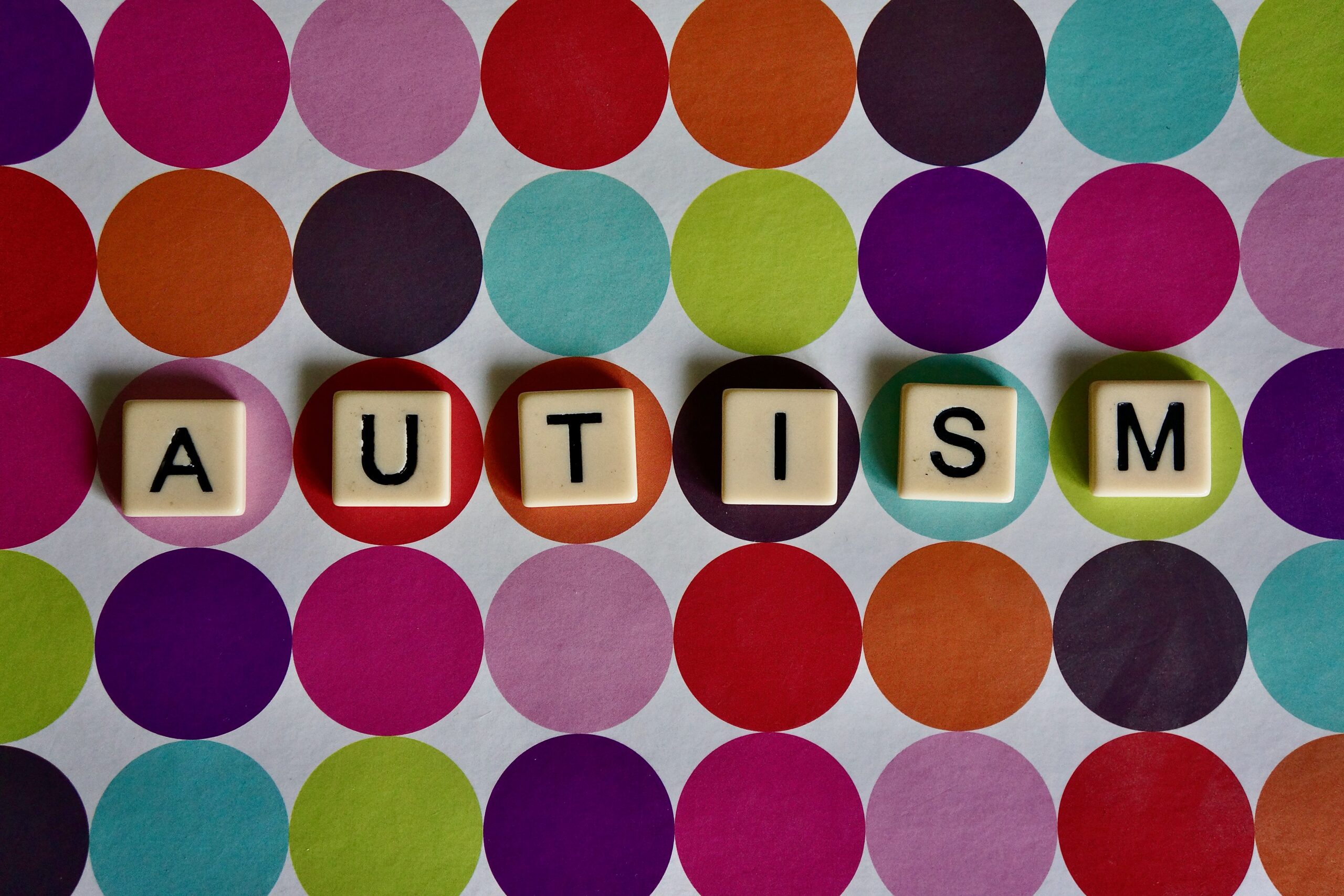April is Autism Awareness Month
In celebration of Autism Awareness Month, the Office of Autism Research Coordination (OARC)/National Institute of Mental Health (NIMH) honors the contribution of people on the autism spectrum and the autism community to our nation and the world. OARC and NIMH recognize the need for supporting, understanding, accepting, including, and empowering people on the autism spectrum.
What is Autism?
Autism Spectrum Disorder (ASD) is a condition related to brain development that impacts how a person perceives and socializes with others, causing problems in social interaction and communication. The disorder also includes limited and repetitive patterns of behavior. The term autism spectrum disorder refers to the wide range of symptoms and severity.
How Much Do People with Autism Experience Depression and/or Anxiety?
There are a few mental health conditions that often co-occur with autism, including anxiety, depression, and obsessive-compulsive disorder. Anxiety and depression are two of the most common comorbidities. Anxiety and depression are more prevalent in the autistic community, compared to the general population. 40% of autistic people have elevated anxiety levels or an anxiety disorder. The Simons Foundation Powering Autism Research (SPARK) autism research project surveyed adults with autism and found that 47% scored above clinical cut-
offs for depression and 83% had been diagnosed with depression. SPARK also found that people with autism are four times more likely to experience depression, compared to the rest of the population. (www.adaa.org)
What Causes People with Autism Anxiety?
Autistic individuals face certain challenges that may be the cause behind the elevated anxiety levels found in the community. Some things that might cause anxiety in someone with autism include:
- Disruptions to their routine, even small ones.
- Unfamiliar or unpredictable social situations.
- Situations where it’s hard to know what other people are thinking or feeling their own thoughts and feelings, especially unfamiliar or unpleasant ones, or the physical symptoms that can accompany them.
Because many autistic individuals struggle with social interaction and communication, stress, and anxiety can be caused by navigating difficult social situations. The autistic brain also can struggle with changes in routine or any type of unexpected change, and identifying, understanding, and managing emotions (a condition
known as alexithymia). Many autistics also experience sensory or emotional overwhelm, often resulting in intense anxiety or agitation. These issues are caused by the different neurology of the autistic brain, but sometimes other causes are behind mental health conditions in autism.
What Causes People with Autism to Experience Depression
A significant cause of depression in autistic people is feeling misunderstood or not accepted by neurotypical people. Many autistic children are bullied, and a lot of autistic people – both children and adults – do what’s called ‘masking’ or ‘camouflaging.’ When someone is masking, they’re trying to appear more like a neurotypical
person in how they talk or behave to ‘fit in.’ Masking can increase anxiety and depression and have a negative effect on the individual’s overall mental health and sense of self. Some things that might cause depression in individuals with autism include:
- Being bullied or mistreated
- Low self-esteem
- Loneliness is often caused by difficulties in socializing and forming and maintaining
friendships - Lower quality of life
Autism can often severely limit individuals’ capacity for managing activities of daily living and can impact their quality of life. Many autistic adults struggle to find and keep a job or live independently. All of these issues may contribute to the high levels of depression and anxiety in autistic people. The symptoms of depression and anxiety may be harder to recognize in individuals with autism because they may mimic some of the symptoms of autism.
For example, lack of interest in socializing, sleep problems, and trouble concentrating are all potential symptoms of both autism and depression.
One reason depression in individuals with autism might be overlooked is that instead of looking sad or tired, an autistic person experiencing depression might be more likely to be irritable or agitated or to have emotional outbursts. In a child with autism, depression is more likely to show up in the form of insomnia or
restlessness or sleeping more.
Other symptoms:
- Feeling more tired than usual
- Losing interest in the things they used to love may also be evident.
- Rumination (repetitive thinking about negative events and emotions),
- Feelings of hopelessness
- Increase in behaviors like stimming, self-injury, social withdrawal, aggressive
behavior, and intense or highly focused interests
Therapy for Coping and Support for Adults with Autism
Mental Health Counseling
One specific type of mental health counseling, in particular, is Cognitive Behavioural Therapy (CBT), which helps someone change their distorted thoughts. Another type of counseling, mindfulness therapy, involves breathing and relaxation techniques. Sometimes these treatments need to be changed for autistic people. Despite the benefits of talk therapy and the potential risks of medication, few clinicians deliver psychosocial treatments to adults with ASD.
Adults with ASD and anxiety/depression were less likely to receive individual talk therapy, consistent with reports that they often experience difficulty accessing mental health services (Lake, Vogan, Sawyer, Weiss, & Lunsky, 2015). Instead, medications frequently treat co-occurring psychiatric disorders in adults with ASD (Buck et al., 2014) Among the people receiving individual talk therapy, however, adults with ASD averaged more individual talk therapy visits per month than did adults without ASD.
Ways To Modify CBT for Adults with Autism
- Start each session with a visual agenda of the things you are going to talk about.
- Use concrete language. The use of jargon or analogy is very confusing.
- Write down rules – unwritten rules or norms are hard to understand.
- If you are teaching a new behavior, use a social story to explain. This helps to put
it into context. - Ask them to repeat what you have said to ensure understanding.
- Clearly explain what skills they will practice during the session and what skills need to
be practiced between sessions. - Allow and encourage clients to stim in whatever way helps them focus and relax.
In honor of World Autism Awareness Day, UN Secretary-General António Guterres released a statement to promote the contributions and rights of people on the autism spectrum. He stated, “We must do better – by promoting inclusive education, equal employment opportunities, self-determination, and an environment where every person is respected.”
If you are looking for a safe, inclusive, and understanding environment, our therapist’s at Online-Therapy.com are here to help.




Leave A Comment